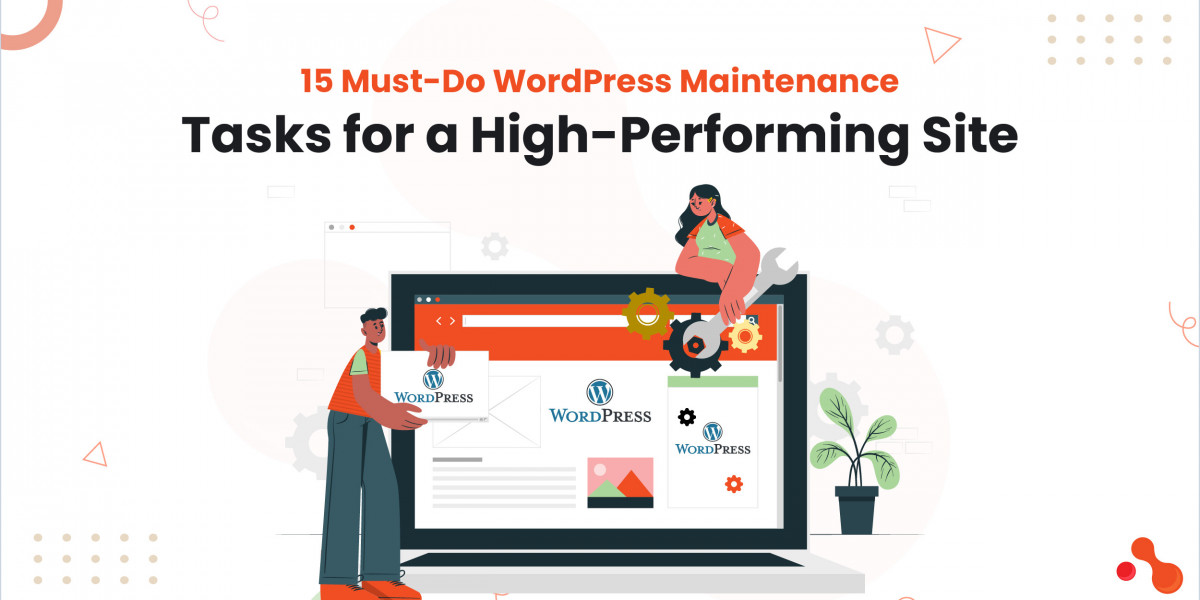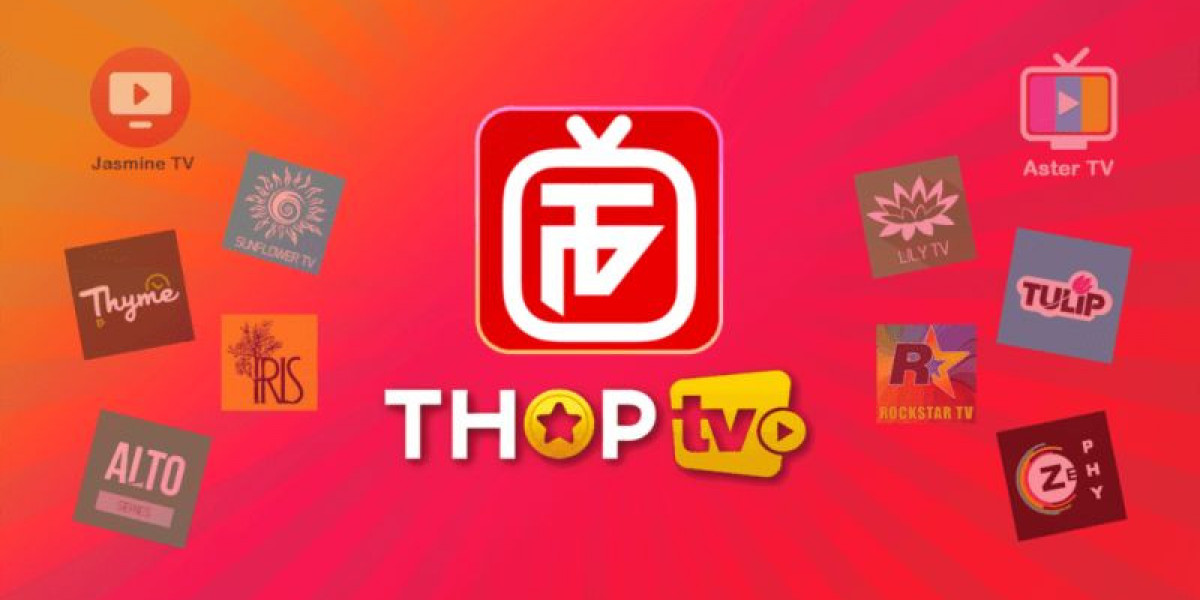Source :
https://medium.com/@elijah_williams_agc/15-must-do-wordpress-maintenance-tasks-for-a-high-performing-site-7783aae42577
Date :
20-May-2026
Your website isn't just an online brochure; it's a critical business asset. It is a lead generation engine, and often the first point of interaction with potential customers.
You might have spent a fortune to build a custom WordPress website with all the bells and whistles. But all is at risk the website is not maintained, since that is only way one can ensure it runs smoothly, loads fast, and stays protected from threats.
Neglecting routine maintenance is akin to ignoring oil changes in your car; eventually, performance degrades, problems arise, and potentially costly failures occur. Another good example is that brick-and-mortar businesses renovate their stores regularly to remain competitive.
A well-maintained WordPress site translates directly into tangible benefits. It ensures a better experience, hence higher conversion rates.
This is a listicle on the 15 must-do WordPress maintenance tasks to help your business maintain a compettiive edge.
"Programs, like people, get old. We can’t prevent ageing, but we can understand its causes, limit its effects and reverse some of the damage."
— Mario Fusco
Top 15 WordPress Maintenance Tasks
More businesses are now outsourcing their requirements, and a high percentage also hire Indian WordPress developers. There are many benefits of doing so however, it is important to ensure they also offer maintenance and support. Here are the top 15 maintenance tasks:
1. Schedule Regular Backups: Automate daily or weekly backups for your database and files. Use services like BlogVault or UpdraftPlus and store offsite in a secure cloud. When disaster strikes, a clean restore point ensures minimal downtime and zero data loss—exactly what your business continuity depends on.
2. Keep Core, Themes, and Plugins Updated: Apply updates the moment they’re stable. Security patches, feature rollouts, and performance enhancements depend on this. Always test in staging first, then deploy to production. Don’t leave exploitable gaps by running outdated components—especially if you're scaling or handling user data.
3. Optimize the Database: Strip out junk - old revisions, spam comments, and transients. Use tools like WP-Optimize to keep your database light and fast. This isn’t about aesthetics—it’s about raw performance under load, which your traffic spikes or checkout flows can’t afford to compromise.
4. Run Security Scans: Scan your site regularly using Wordfence, Sucuri, or similar tools. Set up firewalls, block brute-force attempts, and get real-time alerts for file changes or malware injections. If you collect user data or handle payments, this is non-negotiable from both a legal and trust standpoint.
5. Audit Speed and Performance: Test site speed with GTmetrix, PageSpeed Insights, or Lighthouse. Compress media, minify assets, and cache aggressively. Use a CDN to serve static content globally. Users won’t wait—especially on mobile. You’ve got seconds to impress or lose them.
6. Improve UX and Accessibility: Audit usability and navigation. Make sure your forms work, elements are tap-friendly, and content is screen-reader compatible. Follow WCAG standards. Accessibility isn’t a checkbox—it’s a business advantage that helps you reach more users and reduce friction across the board.
7. Test Mobile and Cross-Browser Display: Simulate your site on multiple devices and browsers—especially Safari, Chrome, Firefox, and Edge. Fix rendering issues, media glitches, or menu bugs. Consistency across devices is key for user retention, especially for startups targeting mobile-first or international users.
8. Review Analytics and Console Reports: Monitor bounce rates, search queries, and crawl errors using GA4 and Search Console. Diagnose performance gaps and tweak content accordingly. This isn’t just data—it’s a blueprint for scaling traffic and resolving issues before they affect your users or your KPIs.
9. Remove Unused Plugins and Themes: Deactivate and uninstall any theme or plugin you don’t use. Each inactive component is a potential vulnerability and adds bloat. Keep your stack lean and use only tools that are actively maintained and trusted by the WordPress community.
10. Manage Users and Eliminate Spam: Review user roles quarterly. Revoke access from inactive or untrusted accounts. Limit admin rights strictly. Use anti-spam tools like Akismet to manage comment spam. Clean user access equals tighter security, fewer breaches, and a more professional backend experience.
11. Use a Maintenance Plugin: Leverage tools like ManageWP, WP Umbrella, or MainWP to automate backups, performance checks, and uptime monitoring. Centralize these tasks to save time. Especially for startups with lean teams, this is a cost-effective way to maintain control and consistency.
12. Refresh Content and SEO: Revisit old posts, pages, and product listings. Update metadata, fix outdated stats, and refresh links. Align your content with current keyword strategies. Google rewards freshness—and so do your visitors. It’s a simple win for rankings and authority.
13. Monitor Uptime in Real-Time: Downtime = lost revenue. Use UptimeRobot or Pingdom to track availability and receive immediate alerts. Act fast when something breaks. A site that’s frequently down sends the wrong message to prospects and kills trust at the worst time—when intent is highest.
14. Fix Broken Links: Scan your site using Screaming Frog or Broken Link Checker. Redirect or replace dead URLs. Broken links frustrate users, hurt SEO, and make your site look neglected. Clean linking structure equals better crawlability and smoother user journeys.
15. Clear Cache and Purge CDN: Update site content? Clear your cache and purge CDN assets to ensure users see the latest version. Tools like Cloudflare, BunnyCDN, or WP Rocket help manage this with precision. Stale content can confuse users or lead to conversion drop-offs.
Is WordPress Maintenance For You?
If you're running a startup, scaling a SaaS, or managing a high-converting funnel, then yes—maintenance is your responsibility. It's not just about staying online. It's about staying fast, secure, and relevant. This article lists the top 15 essential maintenance tasks that are useful, irrespective of whether you are looking for WordPress maintenance for beginners or experts.
Use the above 15-point WordPress maintenance checklist as your recurring playbook. A solid WordPress maintenance routine reduces downtime, avoids preventable hacks, and boosts technical SEO.
If you don’t have the internal bandwidth, hire a dedicated WordPress developer to maintain your website. They understand the high stakes. You focus on growth. Let them handle the grunt work.
Outsource to a WordPress development company where the WordPress development services being offered include maintenance as well.
Conclusion
A high-performing site isn’t built once—it’s maintained continuously. Backups, updates, optimizations, and proactive monitoring are what keep your WordPress stack reliable and scalable. The CTOs who get this don’t scramble to fix their custom wordpress website development problems they prevent them.
Start treating WordPress maintenance tasks like engineering sprint—not an afterthought.
FAQ
Why is regular WordPress maintenance essential?
Regular maintenance ensures your website remains secure, performs optimally, and provides a seamless user experience. Neglecting maintenance can lead to security vulnerabilities, slower load times, and decreased user trust.
What should I do if I don't have the time or expertise for maintenance?
Consider hiring a dedicated WordPress developer or partnering with a maintenance service provider. They can handle routine tasks, allowing you to focus on your core business activities.
How do I ensure my website is mobile-friendly and accessible?
Regularly test your website on various devices and browsers to ensure consistent display and functionality. Implement accessibility standards like WCAG to make your site usable for all visitors, including those with disabilities.
Is it necessary to remove unused plugins and themes?
Yes. Unused plugins and themes can pose security risks and slow down your website. Regularly audit and remove any that are unnecessary or inactive.









